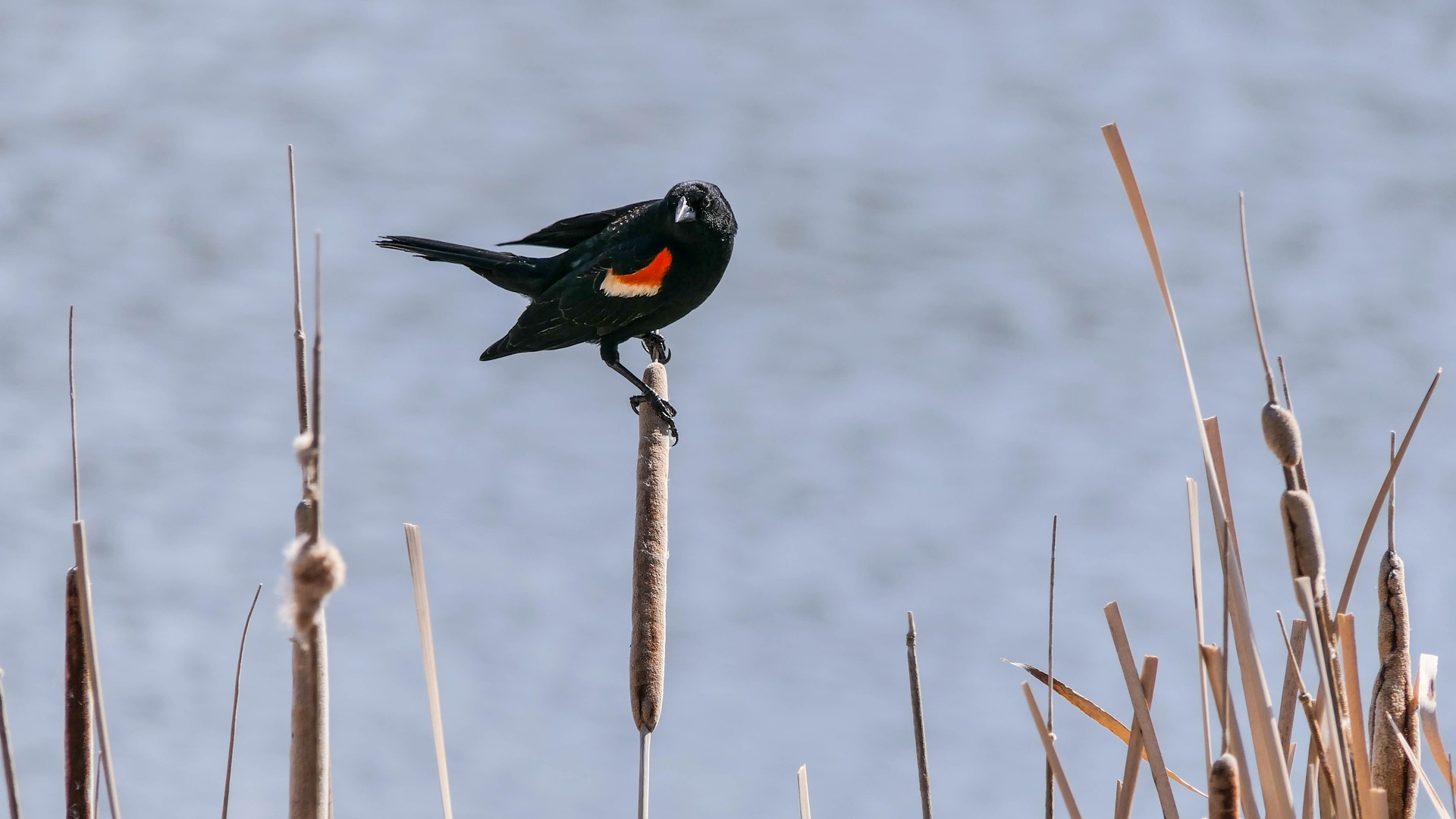Dear Horizon families,
I want to start out by saying, I miss my Horizon family. During circle times, I have talked about how we are family at school. I miss spending many of the hours of each day with my school children. I hope all is well with everyone. My family is well. We miss some family and friends. We miss going to places we enjoy. Please continue learning, getting fresh air and exercise, and enjoying family time.
I wish to continue to share more about birds. I find joy in watching birds. The red winged blackbird is one of my favorite birds. In fact, on the way into an appointment a few days ago, I saw one. It flew overhead into a marshy area, with cattails. I recalled, from reading, that this beautiful songbird manifests strength and agility. And when a red winged blackbird crosses one’s path, it means that you need to draw out from inner self that beautiful you. The appointment I was going to was a workout session. My first time, working out with intensity, in weeks. Strength and agility, I was hopeful to have. I feel that seeing the red winged blackbird encouraged me to do well. Agility is the ability to move the body quick and with ease. Our minds have the ability to be agile when we think and understand quickly.
Male and female red winged blackbirds differ in how they look. It was a male I saw. The male is black, with a red shoulder and yellow wing bar. The female is plain brown. Often in nature, the male is more colorful. The male cardinal, for instance, is red. The female is plain brown. The habitat of the red winged blackbird is open grassy areas, marshes where cattail is present. Mentor marsh and Penitentiary Glen are places I has also spotted this awesome bird. Some blackbirds, like the Rusty Blackbird, are endangered (which means they are at risk of extinction). There are not many left of this bird on our earth. The call of the blackbird is CONK-LA-REE.
Red winged blackbirds eat seeds; insects (like dragonflies and butterflies); small animals (like snails, frogs, worms, and spiders). They also love blue or blackberries. They may eat corn and rice from farms. Farmers may use tactics to try to scare the birds, such as snake or owl decoys, helium balloons, or propane cannons. The red winged blackbird eggs are pale blue green with streaks, blotches, and spots of black or brown.
Blackbird, by The Beatles is a great song to listen to. Also, you can make red winged blackbird wings of your own. You will need a large piece of poster board. One large piece will supply two wings. Also, some large tipped markers: red orange, yellow, and black. Parents can draw the wings. Parents may need to cut them out, as well. Color each wing. The larger part of the wing is the shoulder. Use red, coloring a large area of the wing. Color an orange stripe and a yellow stripe, being the wing bar. Lastly, color the rest black. A ruler or stick can be used to hold the wings. Duct tape the rulers half way onto the underside of the shoulder part of the wing. Next, fly away! Pretend to be a strong, agile red winged blackbird. Enjoy the outdoors or fly safely inside on a rainy or cold day. Remember the call, CONK-LA-REE. Have fun! You may see my favorite bird when you take time to observe the wild life, at a marsh nearby. Or, one may pass in front of you when you least expect it!

